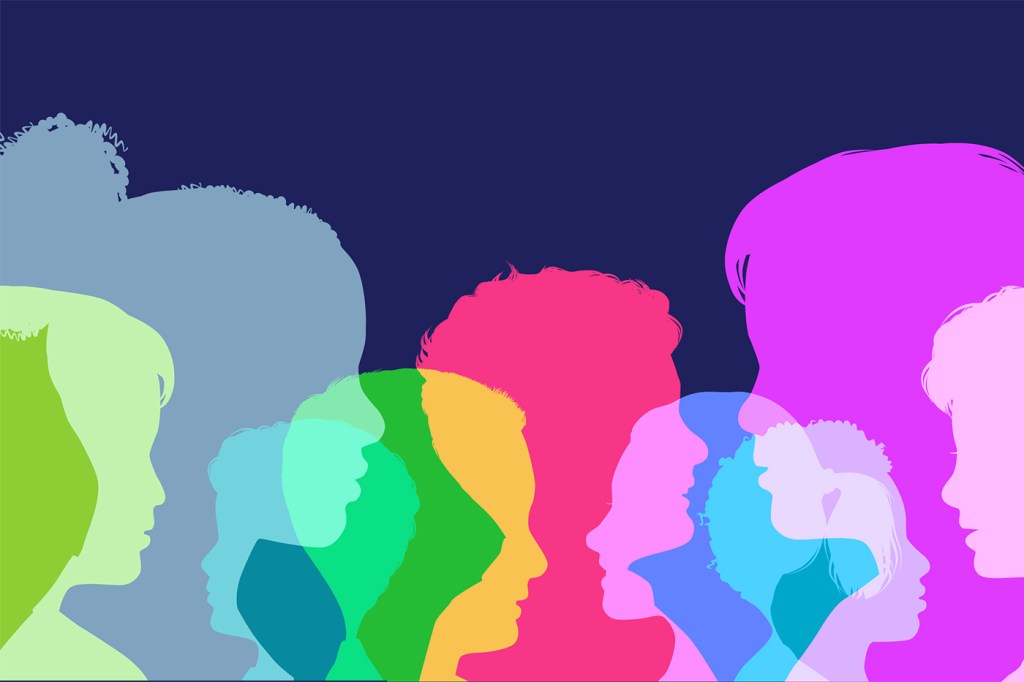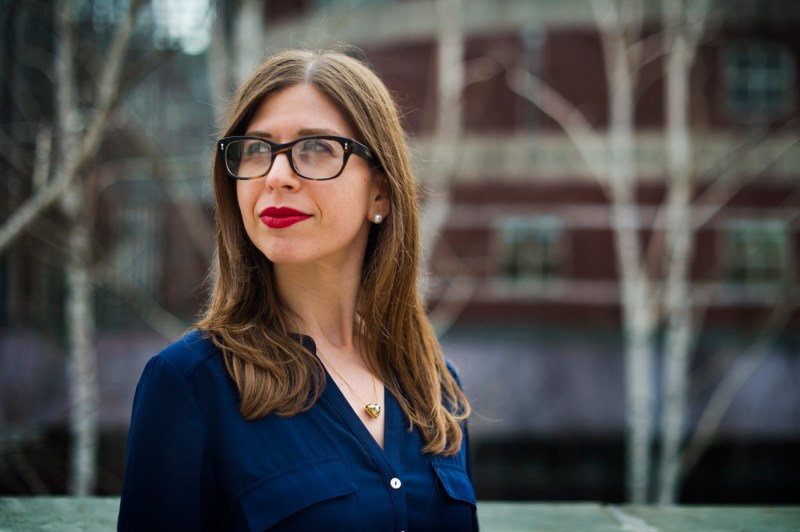April is Autism Acceptance Month. Public awareness helps those on the spectrum, expert says
“If people think that they have not necessarily worked with a person on the spectrum, they probably have, but they just didn’t know it,” says Meryl Alper, a Northeastern University professor.

About 75 million people around the world are on the autism spectrum, that’s 1% of the population, so chances are that includes someone living, studying or working nearby.
“If people think that they have not necessarily worked with a person on the spectrum, they probably have, but they just didn’t know it,” says Meryl Alper, an associate professor of communication studies at Northeastern University and author of “Kids Across the Spectrums: Growing Up Autistic in the Digital Age.”
April 2 is World Autism Awareness Day, a tradition started with a United Nations General Assembly designation in 2007. And April is Autism Acceptance Month in the United States and numerous countries around the world.
“Acceptance is taking things as they are, taking people as they are,” Alper says.
The day affirms and promotes recognition of all human rights and fundamental freedoms for autistic people, according to the U.N.
Autism Acceptance Month aims to raise awareness about autism, promotes acceptance, inclusivity and connectedness and celebrates unique differences and perspectives of people on the autism spectrum, according to the Centers for Disease Control and Prevention.

What is autism and autism acceptance?
Autism spectrum disorder is a range of developmental disabilities caused by differences in the brain. Autistic people may behave, communicate, interact and learn in ways that are different from most other people, according to the CDC. That can cause significant social, communication and behavioral challenges.
Acceptance means listening to what autistic people have to say, Alper says, about the kinds of needs they have and the kinds of support that they would like to see for themselves. It is also an awareness of some of the health effects that can often come with autism such as higher rates of epilepsy, sleep disturbances or depression.
“There’s lots of autistic people who could certainly participate much more greatly not only in their interest in society, but in their daily lives,” Alper says. “There’s a major gap in being able to sort of engage in that kind of way.”
Autism often linked to media characters
When people don’t have anyone in their life who is autistic, Alper says, they often associate media characters with how an autistic person or an autism diagnosis looks like. One such prominent character was Raymond Babbitt in the movie “Rain Man,” portrayed by Dustin Hoffman in the 1980s.
“He is a particular kind of person,” Alper says. “Somebody who is white, cisgender male with savant characteristics, who in the movie was in an institution and doesn’t have a degree of independence.”
Two modern TV shows — “Atypical” and “The Good Doctor” — also highlight a male individual who is participating because they have an exceptional sort of savant skill, Alper says, and that’s not necessarily the majority of autistic people.
In real life, autism can oftentimes look different between men and boys, and women and girls, Alper says. Women and girls might seem to have fewer social difficulties, be more likely to be part of a friendship group and perform better academically. Women and girls often don’t get a diagnosis until later in life.
How many children have autism?
In 2020, the Autism and Developmental Disabilities Monitoring Network estimated that about 1 in 36 children has autism spectrum disorder, regardless of race, ethnic and socioeconomic background. Each individual with autism experiences their own unique symptoms, challenges and strengths. According to the CDC, about 1% of the world’s population has autism spectrum disorder.
The lives of autistic people have changed a lot with further development of assistive technology, Alper says. They can use the devices and mobile technology that have made communication more portable and more personal for everybody.
Featured Posts
There are games for tablets and computers and reminders, timers and scheduling tools for smartwatches that support executive functioning of an autistic individual. Non-speaking individuals can now bring lightweight communication technologies with them anywhere.
“Even just in my experiences autistic kids that are seeing and observing different kinds of social interactions via YouTube are studying those interactions to try to understand them better to then apply them to social experiences in their own world,” Alper says.
There’s still a missing step often, however, in having that technology be integrated into people’s lives in ways that make a measurable impact. Sometimes social partners need to be trained first before introducing the technology to an autistic person. Some other technologies are still not fully responsive to individual communication needs.
Autistic people in leadership positions
Another way to bring on change, Alper says, is to have autistic people, such as Pennsylvania state Rep. Jessica Benham, in leadership positions and in political office.
“Not everyone’s going to have the capacity to do this,” Alper says. “But some of that change has to come from within. Autistic people have to be on the inside.”
To learn more about the experiences of people living on the autism spectrum, Alper suggests reading books written by autistic authors, such as “We’re not broken,” by journalist Eric Garcia; and “Unmasking Autism: Discovering the New Faces of Neurodiversity,” by Devon Price.
For young people Alper recommends “Heartbreak High” on Netflix, where Chloe Hayden, an Australian actress and social-media personality who was diagnosed with autism in adolescence, plays an autistic queer high schooler. Children’s TV shows such as “Daniel Tiger’s Neighborhood” and “Sesame Street” have also accepted autistic members of the cast.
“Showing children the range of people that they’ll interact with in life, these shows are trying to prepare children for the world,” Alper says.











